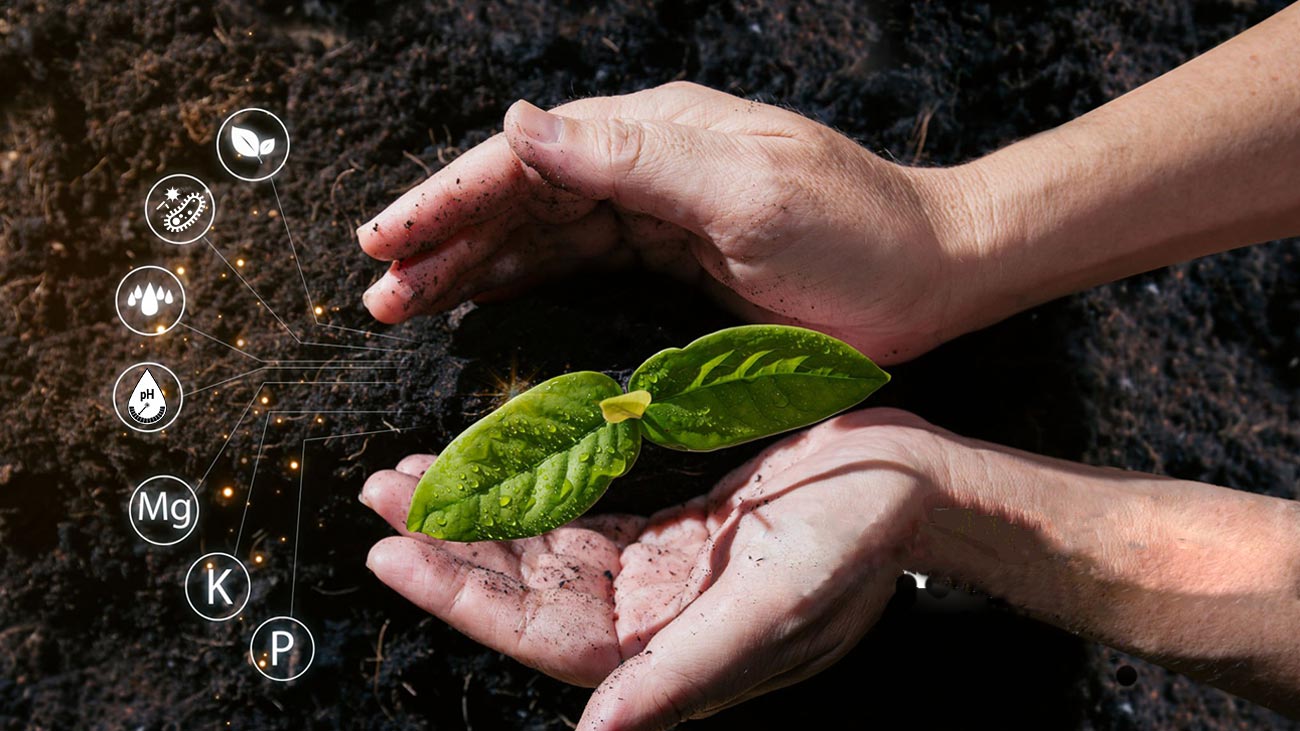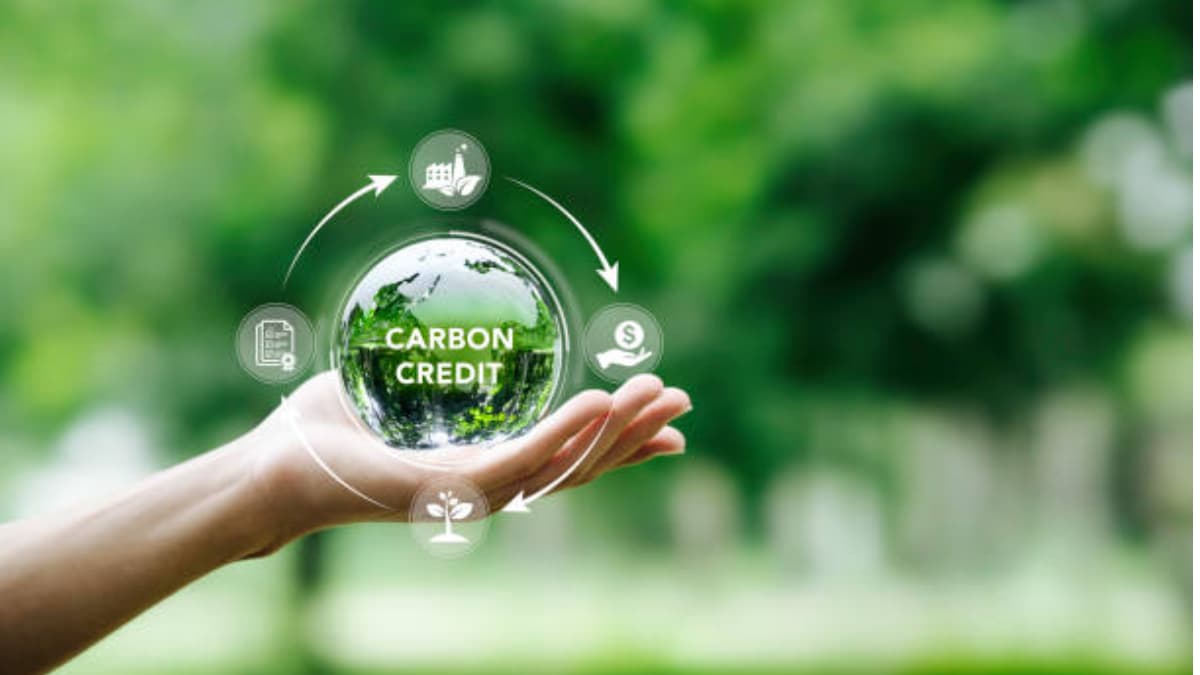In recent years, biochar has emerged as a promising solution for achieving carbon offset goals. With its ability to sequester carbon for hundreds of years, biochar plays a vital role in mitigating climate change. This article explores the entire application process of biochar for carbon offset, from production to certification, ensuring a clear understanding of how to turn biomass waste into a sustainable climate solution.
1. Raw Material Selection and Biochar Production
The first step in the application of biochar for carbon offset is the selection of appropriate raw materials. These include agricultural residues such as rice husks, sawdust, coconut shells, or forestry waste. The selected biomass is subjected to pyrolysis—a thermal decomposition process under low-oxygen conditions.
Modern biochar production equipment ensures high carbon content, energy efficiency, and minimal emissions. The key to maximizing carbon sequestration lies in controlling temperature, residence time, and feedstock type. Once the biochar is produced, it is cooled, collected, and stored in dry conditions.

2. Quality Testing and Characterization
Before field application, biochar must undergo laboratory testing to evaluate its physical and chemical properties. Important indicators include carbon content, pH level, surface area, ash content, and volatile matter. A high fixed carbon percentage ensures long-term carbon storage, while proper nutrient levels and porosity enhance soil fertility.
Testing also ensures the biochar meets standards for carbon offset certification, such as the European Biochar Certificate (EBC) or the International Biochar Initiative (IBI).
3. Application to Soil or Other Sinks
The next step involves integrating biochar into agricultural or environmental systems. The most common method is soil amendment. Biochar from wood pyrolysis machine is either mixed into the soil directly or blended with compost or manure to improve nutrient retention and microbial activity.
Other potential sinks for biochar include forest restoration, erosion control, and urban landscaping. Proper application methods help avoid biochar loss through wind or water erosion and ensure long-term stabilization in the soil.

4. Monitoring and Carbon Sequestration Estimation
After application, ongoing monitoring is essential to track the effectiveness of carbon sequestration. This includes measuring soil carbon levels, crop yields, water retention, and microbial activity over time.
Estimation of carbon offset credits is based on the amount of stable carbon in the biochar and its expected residence time in the soil (often 100+ years). Tools and models approved by certification bodies help standardize this calculation.
5. Verification and Certification
To qualify for formal carbon offset markets, the project must undergo third-party verification. Vetting bodies such as Verra, Gold Standard, or Puro.Earth verify the carbon sequestration process and issues carbon credits accordingly.
This step includes auditing the production process, feedstock documentation, emission avoidance data, application details, and monitoring reports. Once verified, the carbon credits can be traded on voluntary or compliance carbon markets.

6. Marketing and Reporting
Finally, carbon offset project developers can sell certified credits to individuals, corporations, or institutions seeking to offset their emissions. Clear documentation, transparent reporting, and positive environmental co-benefits improve market value and credibility.
Many companies now include biochar offset projects in their ESG (Environmental, Social, Governance) strategies, using it as a powerful narrative to demonstrate climate responsibility.
Conclusion
The application of biochar for carbon offset is a comprehensive process involving production, soil integration, monitoring, and certification. Each step plays a crucial role in ensuring the credibility and environmental impact of the project. As more industries and governments aim for net-zero emissions, biochar offers a scalable and natural way to draw down atmospheric carbon while enriching soils and reducing waste. Embracing this sustainable solution can contribute significantly to global carbon neutrality goals. Beston Group welcomes your inquiries for more information.
